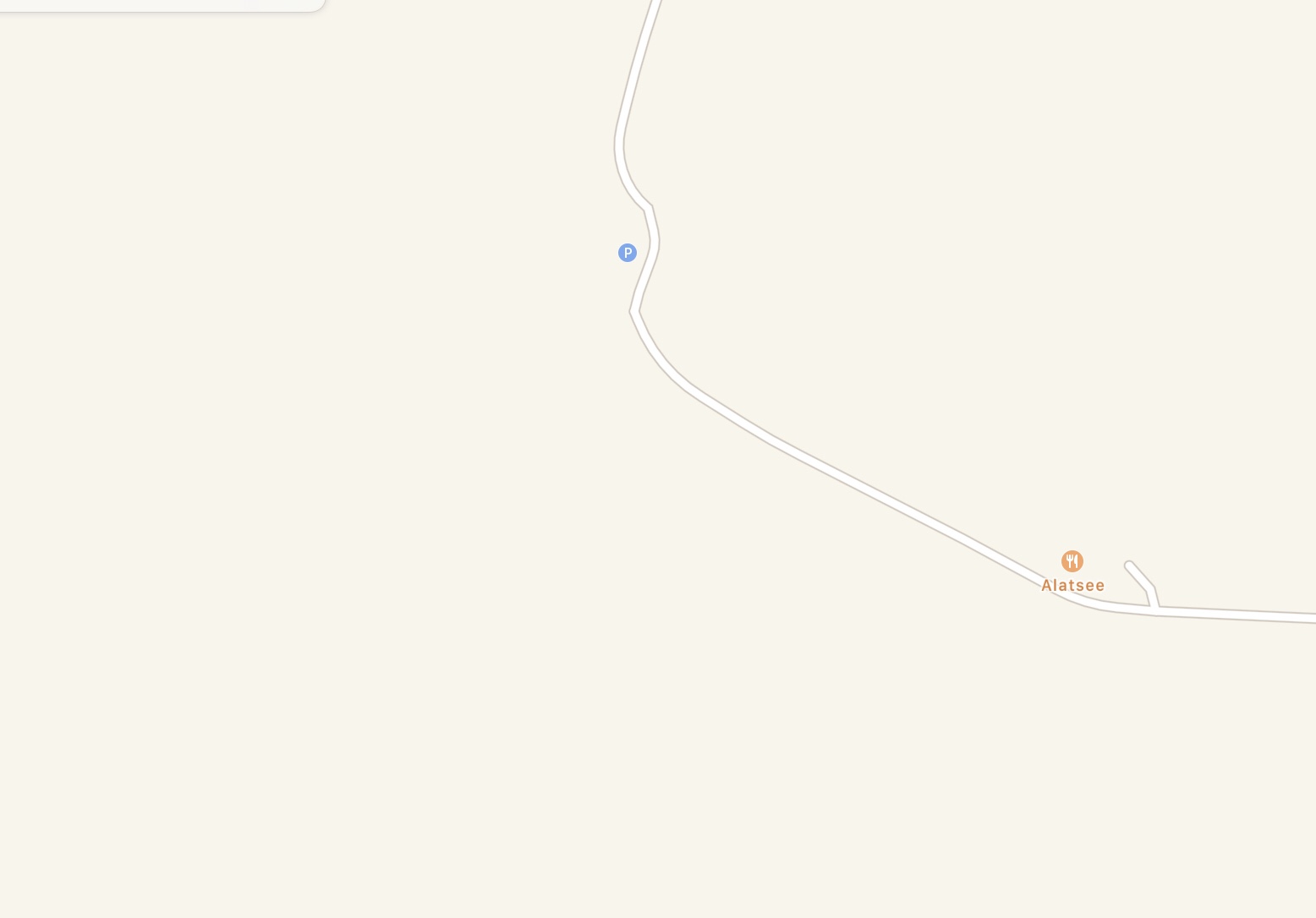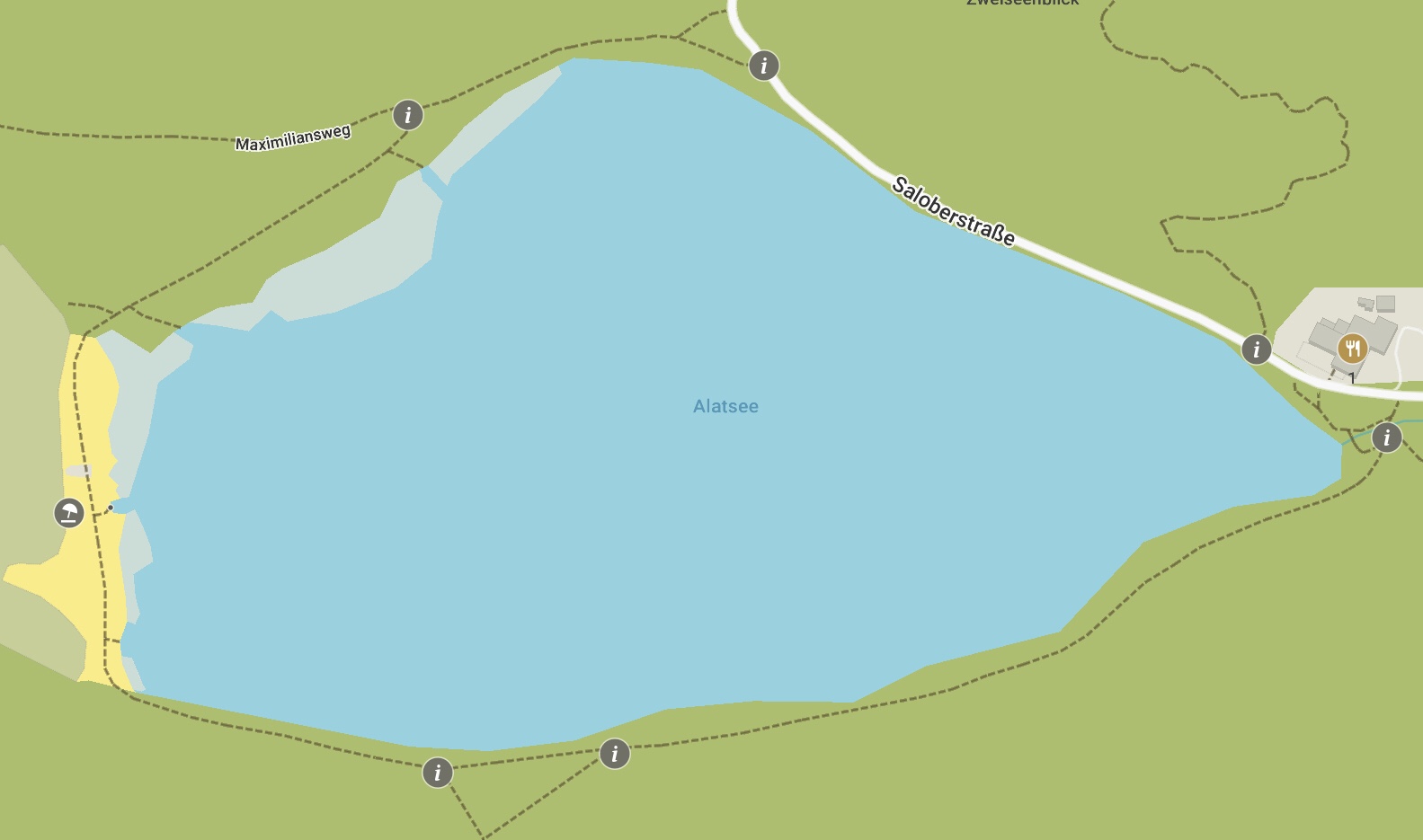Ron Amadeo from Ars Technica has written a scorching review of the Samsung Galaxy Fold. I don’t remember ever reading a review of any product that comes even close to this.
And that brings us to today—the Ars review. This one is going to be a little different, since I don’t think the Galaxy Fold has any viability as a serious device anyone should consider purchasing. Should you buy a Galaxy Fold? NO! God no.
Amadeo leaves not doubt that the Galaxy Fold is an outright embarrassment in literally every single discipline. Not even the tiniest ray of light is visible at the end of the tunnel. And the only credit handed out to Samsung at the end of the text is for trying.
The Galaxy Fold fails at everything it sets out to do. It’s a bad smartphone and a bad tablet. The front screen is too small for phone duties like typing and reading. The interior screen is too small for tablet apps and split-screen apps, and it’s the wrong aspect ratio for media.
Unfortunately, I haven’t had any opportunity to get a first-hand impression of the device and therefore can personally neither confirm nor deny any of the observations. However, the rationale provided by Amadeo for rating the device a failure makes sense to me.
The launch of the Galaxy Fold was a disaster, and while Samsung fought through and got to market, that doesn’t mean the disaster is over. I’m still enthusiastic about the idea of a phone that converts into a tablet, but the Galaxy Fold puts on a master class of how not to do it.
Nevertheless, I feel sorry for the people who worked on this project. They must have been aware of the situation and the inevitable outcome. But apparently management put the priority on being first to the market rather than delivering a solid and mature product.


